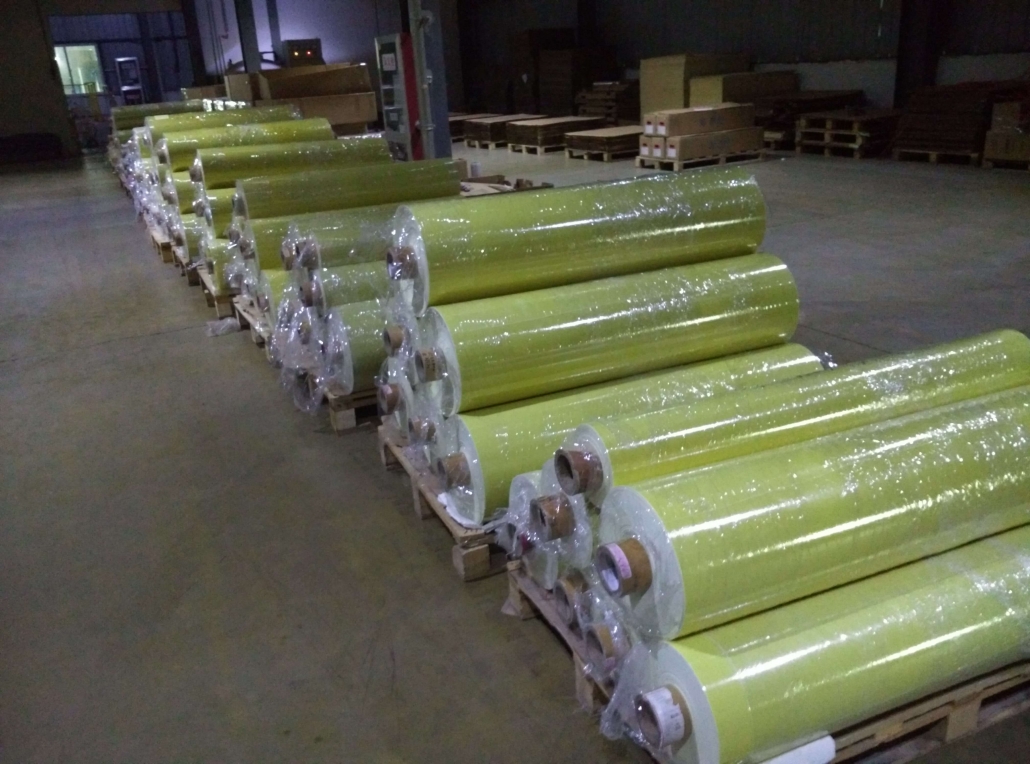Prepregs Driving the Future of Composite Manufacturing
In the world of advanced composites, prepregs are reshaping how industries approach high-performance materials. By embedding resin systems directly into fiber reinforcements under controlled conditions, these pre-impregnated fabrics bring unparalleled consistency, structural integrity, and production efficiency. Today, the most significant innovations are seen in epoxy prepreg, aerospace prepreg, rapid-cure prepreg, and Carbon Fiber Prepreg.
What Makes Prepregs Unique?
Unlike traditional wet lay-up methods, prepregs already contain a carefully measured amount of resin within the reinforcement fibers. The resin is partially cured, remaining stable until activated by heat and pressure during final processing. This ensures consistent fiber-to-resin ratios, reduced void content, and superior mechanical properties.
The result is lighter, stronger, and more durable components with minimal waste. Such qualities explain why prepregs are widely used in aerospace, automotive, marine, industrial, and sporting applications.
Epoxy Prepreg: Reliable and Versatile
Epoxy prepreg is one of the most widely adopted systems across industries. Known for its excellent adhesion, toughness, and environmental resistance, it offers a reliable foundation for structural and semi-structural applications.
Because epoxy resin systems are predictable and well studied, epoxy prepreg ensures smooth processing and repeatable performance. Engineers can pair it with different fiber types such as glass, carbon, or aramid to optimize properties for weight, stiffness, or impact resistance. This versatility makes it a go-to solution for industrial tooling, automotive parts, and performance equipment.
Aerospace Prepreg: Meeting the Highest Standards
Aviation and space industries demand the most stringent materials, and aerospace prepreg is designed to meet those challenges. These systems are engineered for outstanding strength, fatigue resistance, and thermal stability, while also meeting strict flammability, smoke, and toxicity standards.
By offering precise batch-to-batch consistency and full traceability, aerospace prepreg is trusted for critical aircraft structures. Advanced formulations also allow components to withstand hot/wet environments, extreme thermal cycles, and long service lives under high stress.
Rapid-Cure Prepreg: Speeding Up Production
Time is one of the main constraints in composite manufacturing. Traditional curing processes can take several hours, limiting throughput. Rapid-cure prepreg systems are designed to address this issue, offering significantly faster cure cycles without compromising performance.
By accelerating resin crosslinking, rapid-cure prepreg enables high-volume production and supports industries where quick turnaround is essential, such as automotive and unmanned aerial systems. These materials reduce overall cycle time, cut energy costs, and open the door to more scalable composite manufacturing.
Carbon Fiber Prepreg: Strength with Low Weight
When maximum performance is required, Carbon Fiber Prepreg stands out as the material of choice. Combining the exceptional stiffness and strength of carbon fibers with the precision of resin-controlled prepreg systems, it delivers an outstanding strength-to-weight ratio.
Carbon Fiber Prepreg is used in aerospace structures, motorsports, and high-end sporting goods where low weight and high strength are critical. Beyond structural benefits, it also offers superior fatigue life and dimensional stability, making it suitable for demanding environments where reliability cannot be compromised.
Integrating Prepregs into Manufacturing
The use of prepregs in modern production is not limited to their material properties alone. They also streamline workflows and improve quality control:
Consistent quality: Pre-calibrated resin content ensures predictable results and minimizes scrap.
Flexible processing: Many epoxy prepreg and rapid-cure prepreg systems can be cured both in autoclaves and out-of-autoclave, expanding manufacturing possibilities.
Sustainability: Reduced waste and longer service life of parts contribute to more sustainable manufacturing practices.
Scalability: With faster cure cycles and reproducible results, prepregs are moving from niche aerospace applications into larger-scale automotive and industrial production.
Future Outlook
As industries continue to demand lighter, stronger, and faster-to-produce materials, the role of epoxy prepreg, aerospace prepreg, rapid-cure prepreg, and Carbon Fiber Prepreg will only expand. Future innovations will likely focus on even shorter curing times, multi-functional layers that integrate sensors or conductors, and improved recyclability.
The combination of advanced resin chemistry, evolving fiber technologies, and smarter processing methods will ensure that prepregs remain at the forefront of composite innovation, driving progress across aerospace, automotive, and beyond.



